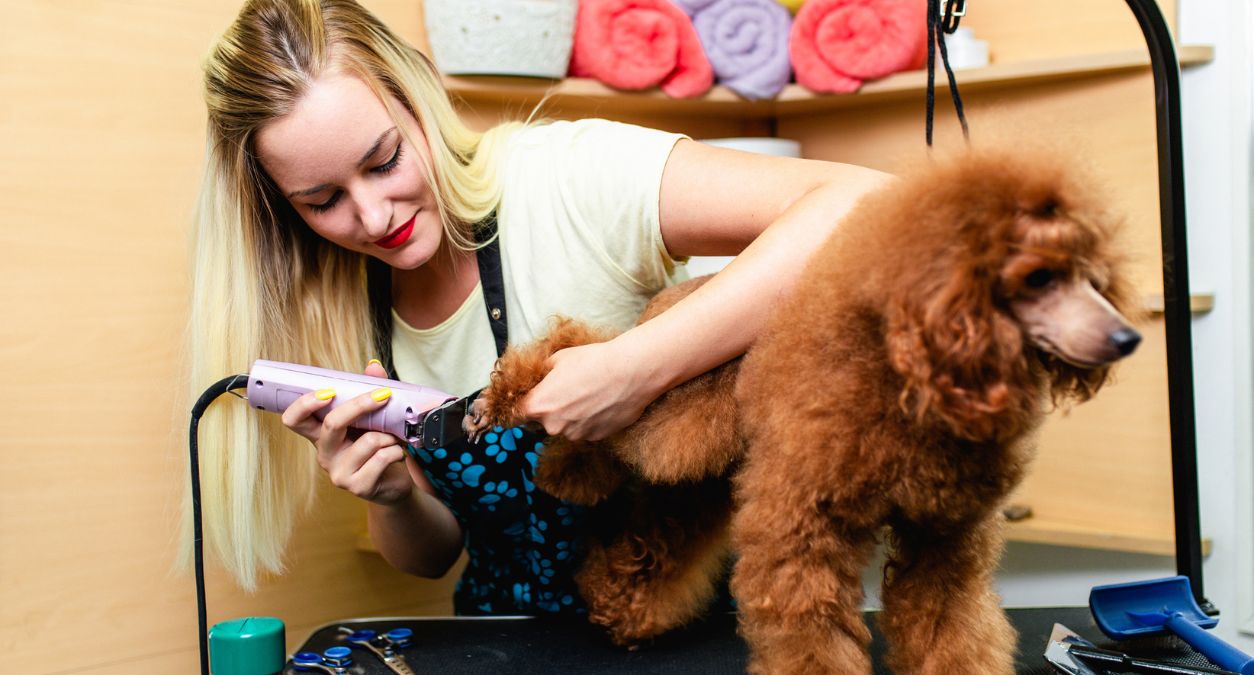Table of contents
Gone are the days of meeting an insurance agent in person whenever you want to purchase a policy. Today, you can arrange your business insurance yourself either online or over the phone in less than an hour.
So how long does it take to get business insurance? The answer depends on the product and the type of business you run. With most insurers, you should be able to get a quote in as little as five minutes. Once you’ve decided to go ahead with your policy, you’ll need to give the insurer more information about yourself and your business, to ensure your policy covers you for what you need it to. That way, you’ll have the reassurance that your policy will cover you and your employees should the unexpected happen.
Here, we’ll explore the factors that affect how quickly you can get your business insured, the wait times for different types of coverage and how to speed up the process.
Get Small Business Insurance from Protectivity
*Disclaimer – This blog has been created as general information and should not be taken as advice. Make sure you have the correct level of insurance for your requirements and always review policy documentation. Information is factually accurate at the time of publishing but may have become out of date.
Last updated by














